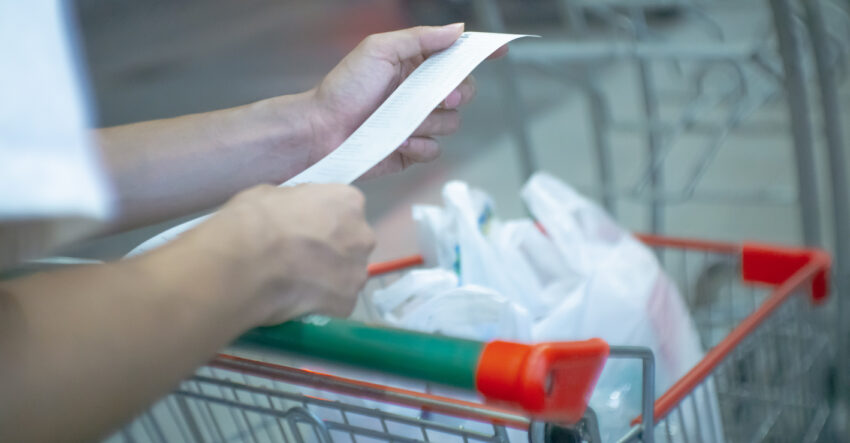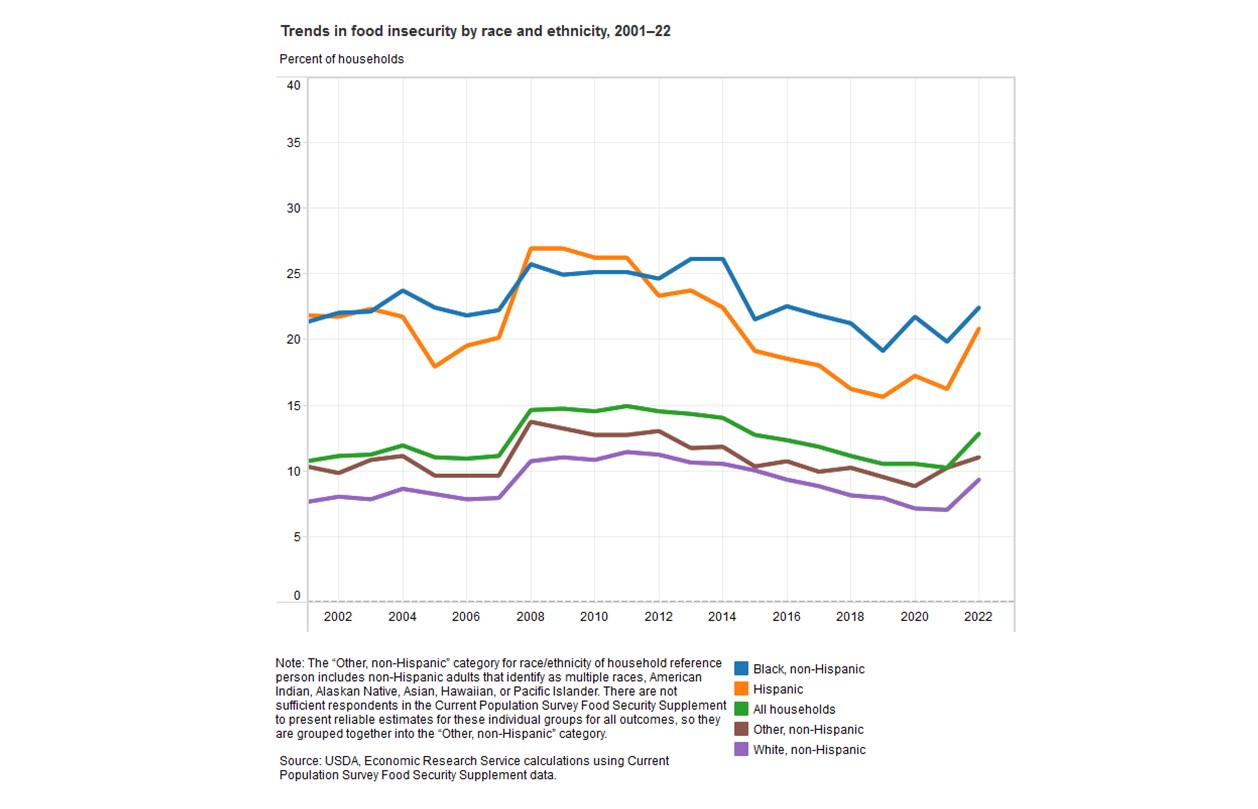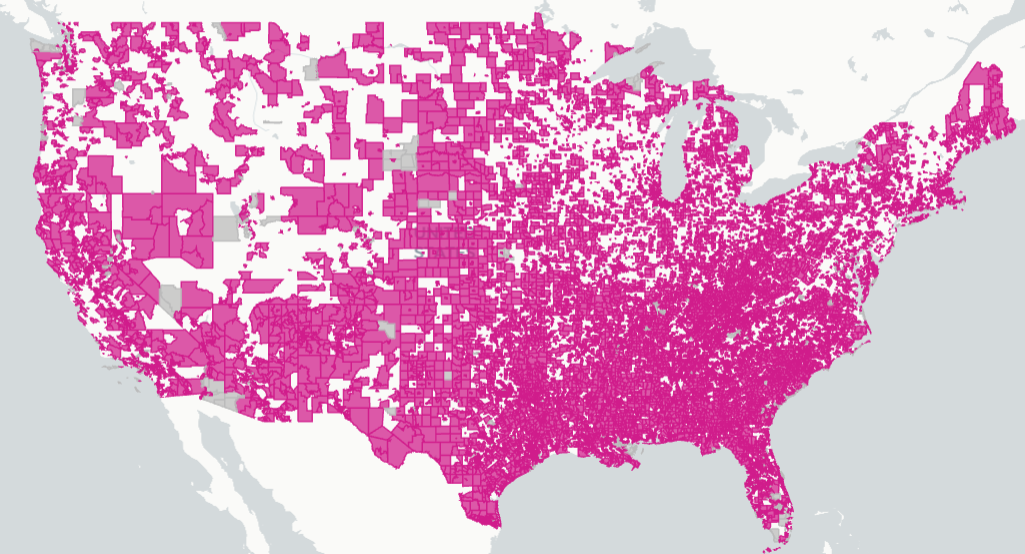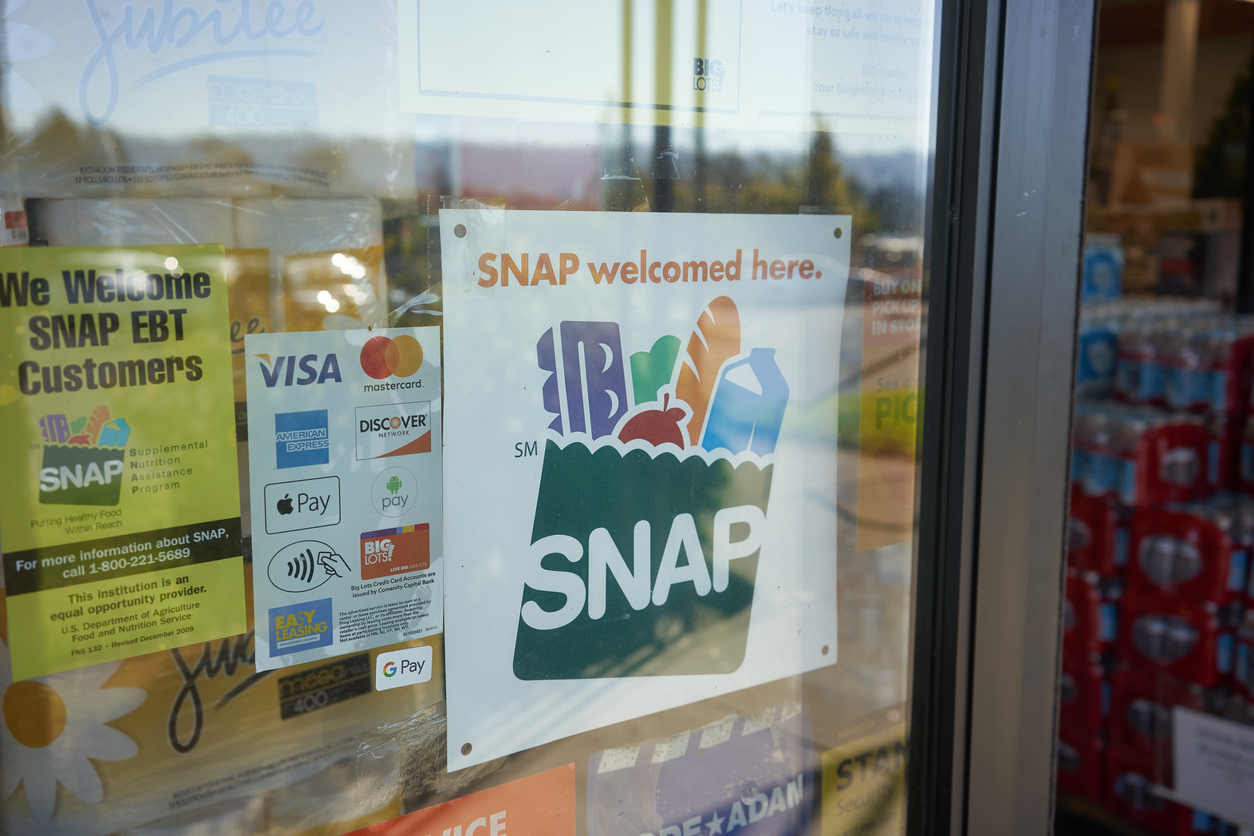
Share On Social!
The amount of Americans who are food insecure — without enough food for a healthy life for all family members — is on the rise, according to a new USDA report.
12.8% of Americans struggled with food insecurity in 2022, up from 10.2% in 2021.
Latino households experienced the largest spike.
“Too many of our neighbors struggle to put healthy food on the table,” said Agriculture Secretary Tom Vilsack. “[The data] paint a picture of just how many Americans faced the heartbreaking challenge last year of struggling to meet a basic need for themselves and their children.”
Let’s explore the report and the issue of food insecurity among Latinos.
How Many Latinos Experience Food Insecurity?
U.S. food insecurity had been in decline for several years.
But, after the food insecurity rate fell from 12.7% in 2015 to 10.2% in 2021, it’s back up to 12.8% in 2022, according to the USDA report.

Here are the key findings on Latinos:
- 20.8% of Latino households experienced food insecurity in 2022 (vs. 9.3% for White households). This is a higher food insecurity rate than 2021 (15%).
- 13.2% of Latino households who children experienced food insecurity in 2022 (vs. 5.5% for White households). This is a higher food insecurity rate than 2021 (9.7%).
The data defines food-insecure households as those “uncertain of having, or unable to acquire, enough food to meet the needs of all their members because they had insufficient money or other resources for food.”
Why Do Latinos Struggle with Food Insecurity?
Many Latinos lack food equity.
This means they face inequities in access to healthy foods like vegetables, fruits, beans, and nuts.
 For example, major cities in Texas — San Antonio (65.7% Latino), Austin (33.1% Latino), and Houston (44.5% Latino) — are hotbeds for low food access, according to Partnership for a Healthier America’s Food Equity Opportunity Map.
For example, major cities in Texas — San Antonio (65.7% Latino), Austin (33.1% Latino), and Houston (44.5% Latino) — are hotbeds for low food access, according to Partnership for a Healthier America’s Food Equity Opportunity Map.
Some communities with low food access are food desert and/or food swamps.
A food desert is an area more than 2 miles or 15 minutes away from a grocery store. A food swamp includes a food desert and a high-density of stores and restaurants that offer high-calories fast food and junk food, relative to healthier food options.
More than 23 million American families live in a food desert. 29% of these Americans are Latino.
One area most prevalent with food deserts is Texas’ Rio Grande Valley (94% Latino). According to a 2018 assessment, 52% of the area is considered a food desert.
When low-income Latino families are faced with limited healthy food options, they are often forced to choose food that is closest and most available to them, like fast food.
This systemic barrier to healthy food tends to lock them into a pattern of consuming unhealthy foods, keeping the cycle of heart disease, obesity, and diabetes going.
“The lack of healthy food access contributes to the high rates of diabetes, obesity, and other health conditions among Latinos,” said Dr. Amelie Ramirez, director of Salud America! and its home base, the Institute for Health Promotion Research at UT Health San Antonio.
What is the Difference Between Nutrition Security and Food Security?
Historically, food insecurity has more to do with access than quality.
The issue now is more nutrition security and the quality of food at-risk people can access.
Nutrition security means “having consistent access to and availability and affordability of foods and beverages that promote well-being, while preventing — and, if needed, treating — disease,” according to research by Sheila Fleischhacker of Georgetown Law School in Washington.
“It’s the right time for this evolution,” Fleischhacker said.
“By prioritizing nutrition security, we bring together historically siloed areas ─ hunger and nutrition ─ which must be tackled together to effectively address our modern challenges of diet-related diseases and disparities in clinical care, government food and food assistance policies, public health investments, and national research.”
For example, a school breakfast program could offer nourishing, fiber-filled whole grain bread, cheese, and fruit as a mini-meal. But many default to offer juice and a muffin instead.
Both meals may contain the same number of calories, but the latter is loaded with sugar.
“The ‘nutritious’ part often gets left behind, since programs may focus on providing an appropriate amount food or calories rather than ensuring the food is nutrient-dense,” according to the Washington Post.
What Can Government Do to Increase Nutrition Security and Reduce Food Insecurity?
The USDA report indicates that 55% of food-insecure households participated in one or more of the three largest federal nutrition assistance programs, SNAP, WIC, and the the National School Lunch Program.
These programs could refocus on providing nutritious foods, not just something to eat.
 “That starts with the urgent need for Congress to fully fund WIC and continue the 25-year track record of bipartisan consensus to make sure every eligible low-income mom, infant, and child can get the vital, developmentally appropriate nutrition they need to thrive,” Vilsack said. “We also need a Farm Bill that protects SNAP benefits—because they work to help lift people out of poverty.”
“That starts with the urgent need for Congress to fully fund WIC and continue the 25-year track record of bipartisan consensus to make sure every eligible low-income mom, infant, and child can get the vital, developmentally appropriate nutrition they need to thrive,” Vilsack said. “We also need a Farm Bill that protects SNAP benefits—because they work to help lift people out of poverty.”
Vilsack also noted that the COVID-19 pandemic “showed us that when government invests in meaningful support for families, we can make a positive impact on food security, even during challenging economic times.”
“[SNAP, WIC, and the National School Lunch Program] are currently at risk of reduced funding or restricted access,” he said. “The uptick in food insecurity also occurred at a time when significant safety net enhancements that helped people through the worst of the pandemic began to end, including the expanded Child Tax Credit, universally free school meals, and, in a number of states, higher SNAP benefits.”
In schools, school meals are rising as a solution to both food and nutrition insecurity.
The nutritional quality of school lunches increased by 41% and breakfast by 44% in recent years, studies show.
Also, after 10,000 members of Salud America! and other people spoke up, USDA updated its rules to give 3,000 more school districts in high-need areas the option to serve free school meals to all students.
“Participation in school breakfast and lunch increased dramatically when school meals were offered to all students at no charge. This allows millions more students to experience the education and health benefits linked to school meal participation,” Ramirez said. “Universal free school meals also reduce the administrative burdens for both schools and families by eliminating household income applications.”
What Can We Do to Increase Nutrition Security and Reduce Food Insecurity?
Community partners can also boost foot equity.
For example, Children’s Hospital of Philadelphia is adding locations for its Healthy Weight Food Pharmacy. This is a neighborhood-focused resource that provides families healthy food and more.
“Because food insecurity intersects with other social determinants of health, the Food Pharmacy team also screens patients for co-existing social needs and connects them to appropriate resources,” said Alonzo South, leader of community engagement at the hospital. “We know that many of our families report having housing issues, difficulty paying their utility bills, and transportation challenges. These experiences reinforce that our families are dealing with competing needs that make it difficult to prioritize healthy living.”
Individuals can help, too.
Check out these Salud Heroes who are making a difference!
- Kendra Richardson is using community fridges to increase food access in Fort Worth, Texas.
- Jenny Arredondo helped launch school food pantries at San Antonio ISD (91% Latino).
- In McAllen, Texas, Lamar Academy 10th-graders Samantha Almaraz and Pablo Ramirez started a school food pantry. They worked with their parents and school leaders, using the Salud America! School Food Pantry Action Pack as a guide for their efforts.
“We’re hoping the district will become a zero-waste district and be able to provide all their students with necessary goods,” Pablo said.
You Can Promote Nutrition and Healthy Food Access in Your Community!
You can help promote healthier food environments, too.
Select your county and get a Health Equity Report Card by Salud America! at UT Health San Antonio.
In your report card, you will see maps, data, and gauges to compare public health issues to the rest of your state and nation. This includes food access and rates of access to SNAP and grocery stores.
Email your Health Equity Report Card to community leaders, share it on social media, and use it to make a case to address food and nutrition insecurity where help is needed most!
By The Numbers
1
Supermarket
for every Latino neighborhood, compared to 3 for every non-Latino neighborhood



